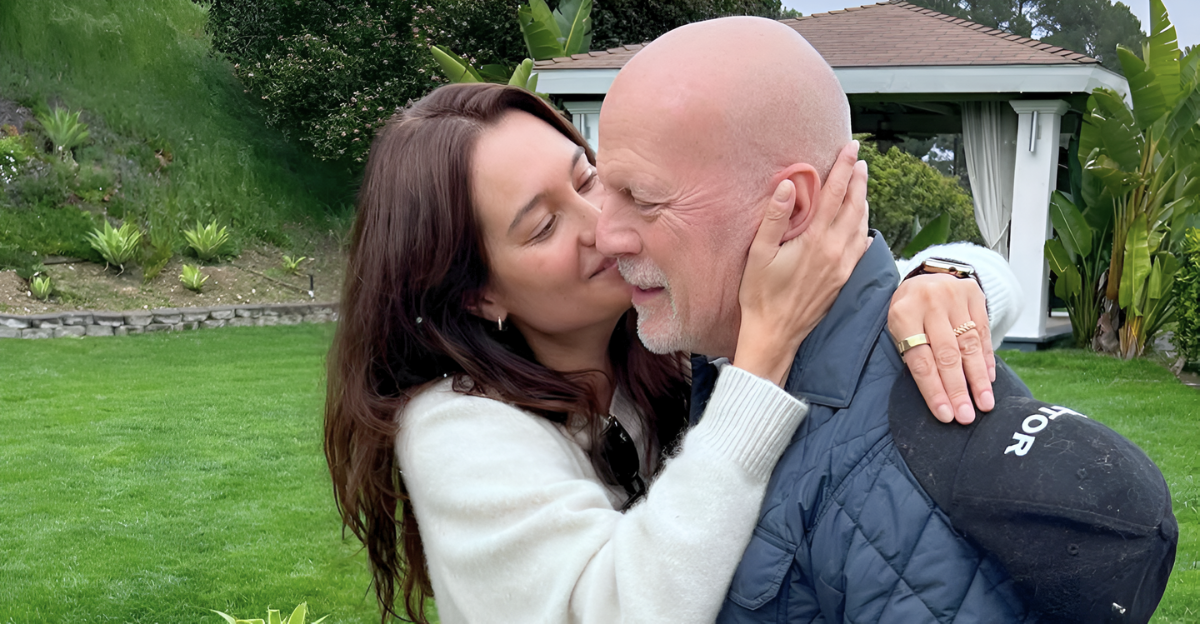
Actor Bruce Willis quietly retired in 2022 due to speech troubles, and in February 2023 his family announced a diagnosis of frontotemporal dementia (FTD).
FTD is a rare brain disease that literally shrinks the frontal and temporal lobes, the areas governing personality, behavior and language.
In FTD these lobes atrophy, so patients often lose impulse control and speech abilities. Strikingly, FTD is the leading dementia in people under 60.
Medical experts warn it is frequently misdiagnosed and misunderstood, and – as the family notes – there are currently no treatments to stop its course.
Devastating Isolation
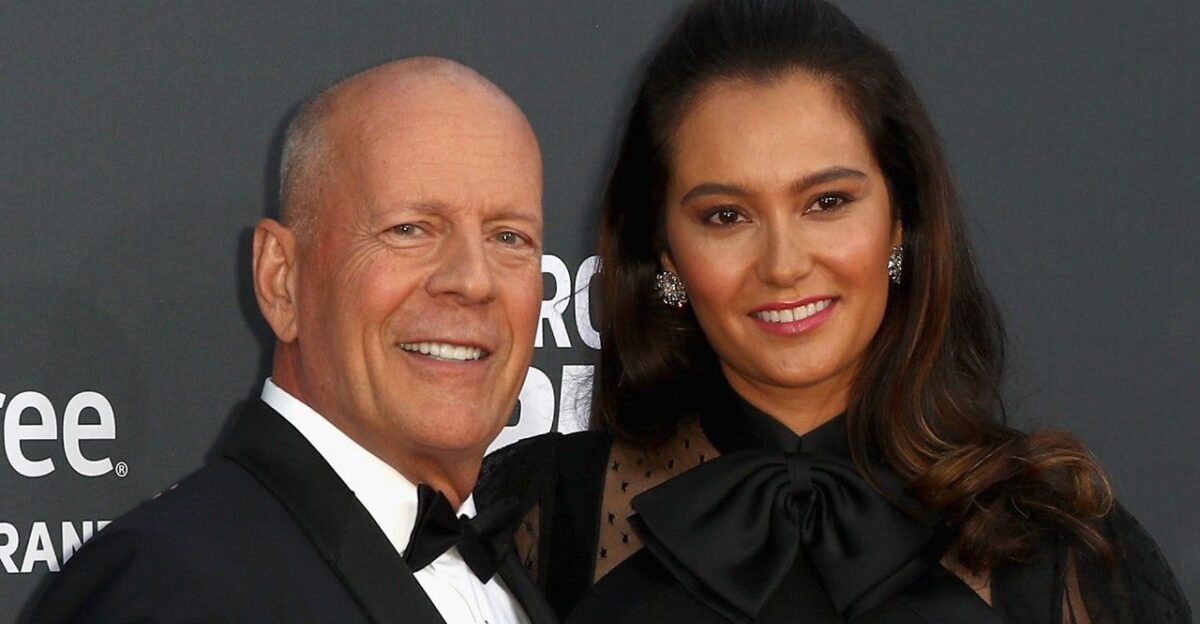
Emma Heming Willis was 47 when Bruce’s doctors gave her next to nothing — “a pamphlet” and “check back in a few months” instructions.
She later described walking out of the appointment “frozen with fear”.
The model-mom felt her world shatter overnight. Many caregivers experience this same gut-wrenching isolation: FTD affects roughly 50,000–60,000 Americans, yet remains virtually unknown.
Emma says she went from a planned future with her husband to managing alone, with no roadmap. Her story underscores how families often face dementia diagnoses blind, terrified and isolated without guidance.
Hollywood’s Decline

Insiders say Bruce struggled on set long before the public knew. Scripts were quietly rewritten to cut his dialogue and accommodate mistakes.
Director Mike Burns later recalled that after one shooting day he “realized there was a bigger issue at stake… why I had been asked to shorten his lines”.
Studio emails even note demands like “knock down Bruce’s page count by five pages.” Willis ended up in dozens of low-budget projects: about 22 films in four years, often done in just a couple of days of shooting at roughly $2 million each.
On these straight-to-video sets, the crew had to feed Willis lines by earpiece or use body doubles, signaling to colleagues that the star they knew was fading.
Family Recognition
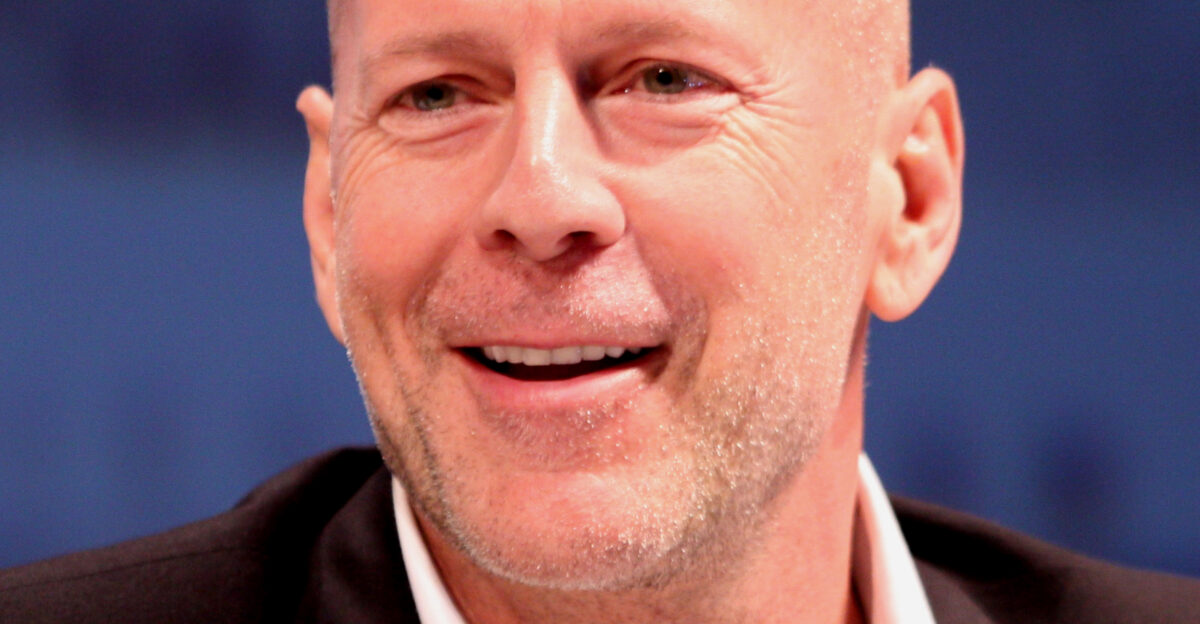
At home, the clues were there, too, but initially chalked up to normal aging and his old stutter.
Tallulah Willis said the family joked about “Hollywood hearing loss,” quipping “Speak up! ‘Die Hard’ messed with Dad’s ears”.
Emma, realizing something was wrong, noted that Bruce became unusually quiet and distant during family events.
She told Town & Country, “Bruce has always had a stutter… never in a million years would I think it would be a form of dementia”. In reality, decades-old patterns of stuttering had masked a new cognitive decline. The slow erosion of his speech delayed a clear diagnosis, costing months of precious time.
ABC Revelation

On August 26, 2025, Emma Heming Willis made a national splash on ABC News. In the Diane Sawyer special “Emma & Bruce Willis: The Unexpected Journey”, she gave the public its first full update since his 2023 diagnosis.
Emma spoke candidly about Bruce’s condition and the family’s feelings. She emphasized that “Bruce is in really great health overall … it’s just his brain that is failing him”.
This one sentence – delivered gently on live TV – brought home the cruel reality that his body is fine but FTD is ravaging his mind.
The interview highlighted the couple’s new reality and thrust their caregiving struggles into the spotlight.
Language Erosion

As FTD progresses, Bruce’s words continue to fade. Emma reports that “the language is going,” forcing the family to find new ways to communicate.
They use simple cues, written notes or familiar gestures when possible. Remarkably, Bruce himself remains physically active – he still exercises and smiles – and can respond affectionately.
The Willises say he still “lights up” when he recognizes a familiar face or story.
Emma finds hope in his hearty laugh: watching Bruce laugh as he did in better days gives her brief moments of joy. These small, wordless exchanges – a hug, a grin, a squeeze of the hand – remind the family that his spirit is still there beneath the illness.
Connection Moments
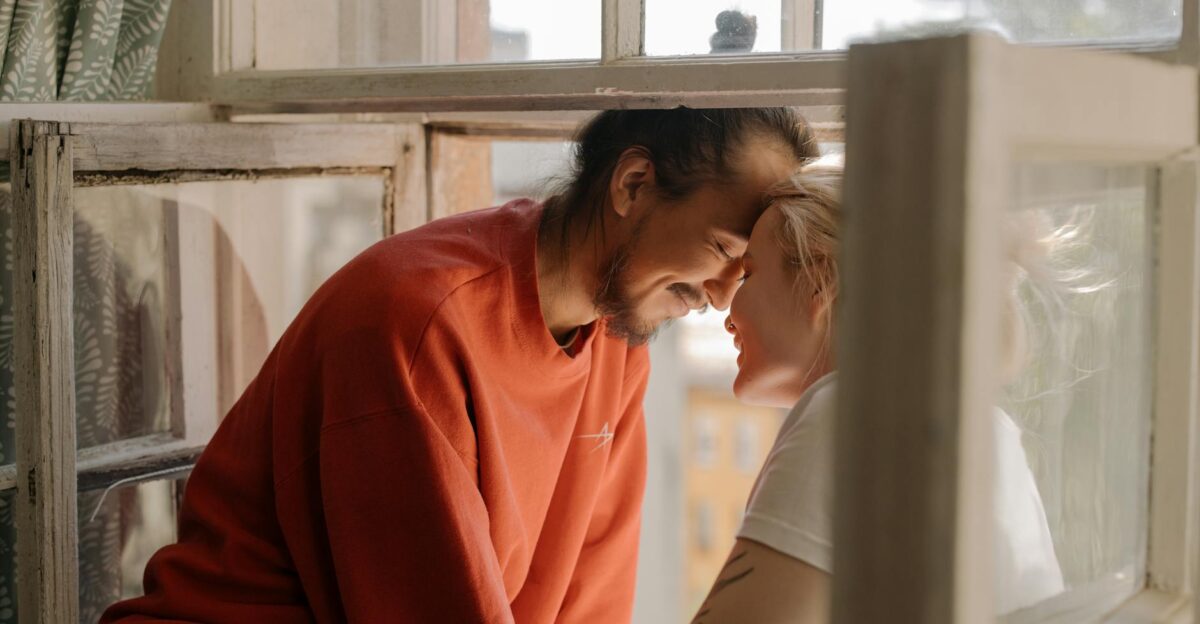
Emma says she clings to the rare windows when Bruce does seem present. “Not days, but we get moments,” she told Sawyer. In those moments he lets his guard down – they might hear his genuine laugh, or see “that twinkle in his eye”.
She explained, “I don’t need him to know that I am his wife… I just wanna feel that I have a connection with him.
And I do.” Holding his hand or sharing a smile is enough.
These flashes of recognition fuel Emma’s resolve. “I’m grateful that my husband is still very much here,” she said – acknowledging that each momentary spark of the old Bruce is precious to them all.
Medical Reality

FTD is relatively uncommon but shattering when it strikes. Worldwide, experts estimate about 15–22 cases per 100,000 people (roughly 1 in 5,000–10,000).
Unlike Alzheimer’s, FTD typically begins in a person’s 50s or early 60s, affecting the working-age population.
There is no cure or approved treatment, and dementia specialists say FTD often goes unrecognized for years. On average, after symptoms appear, a patient lives only 7–13 years.
Families face devastating uncertainty – they watch a loved one’s mind slip away long before his body does, with limited medical answers and resources.
Caregiver Crisis
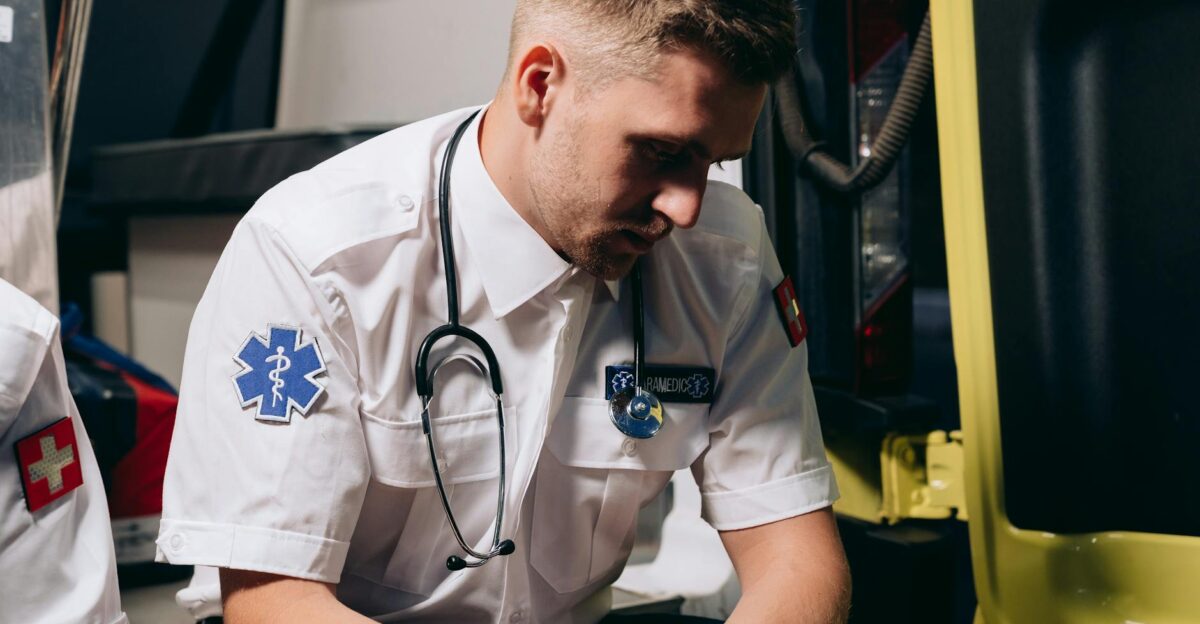
Across America, millions of families face similar battles. According to the CDC, nearly 7 million older U.S. adults have Alzheimer’s (the most common dementia).
Behind each statistic is a family shouldering care: the majority of dementia patients rely on unpaid relatives for support.
Emma Heming Willis initially shouldered Bruce’s care alone, lying awake at night to check on him and even pulling her daughters out of playdates to protect him.
It became so tense that her stepdaughter Scout finally said, “I’m more worried about you than Dad.” Only then did Emma seek help. She began therapy and hired caregivers, realizing even she needed care.
Home Transformation

Faced with Bruce’s growing needs, Emma made a wrenching choice: she restructured their home life. The family moved into their custom Brentwood mansion and hired around-the-clock aides.
The gated estate (13,048 sq ft, seven bedrooms, 12 baths) includes an indoor pool, gym, sauna and steam room – basically a private care facility.
Emma calls arranging this “one of the hardest decisions” she’s had to make.
She did it for their girls: “Bruce would want them to be in a home… more tailored to their needs, not his,” she said. The estate’s space and staff let Bruce stay in place while professionals look after him – a level of care most families could never afford.
Private Struggle

Emma admits she waited too long to reach out for help. In the year after Bruce’s diagnosis she was essentially solo caregiving while parenting their two young daughters.
She poured herself into the role until burnout set in. “I am losing it. I need to get myself together here,” she recalls thinking when Scout’s warning snapped her back to reality.
Emma eventually sought counseling, treated her own depression, and accepted support.
Her ordeal mirrors that of countless caregivers who soldier on until they simply can’t – often at great cost to their own health. It underscores the truth that caregiving is a full-time job often undertaken with little guidance.
Advocacy Emergence

Rather than retreat from the spotlight, Emma turned her experience into advocacy. She has begun speaking publicly about the needs of dementia caregivers: the importance of burnout prevention, support networks, and especially self-care.
She emphasizes that tending to the caregiver isn’t selfish but absolutely necessary for sustainable care. “I wrote this book to give caregivers a roadmap so they don’t feel as alone as I did,” she said of her forthcoming memoir.
By writing and speaking, she hopes to educate millions of families and to push for more research and resources for FTD. In that way, she’s using her personal crisis to drive systemic change.
Book Mission

Emma’s book, The Unexpected Journey: Finding Strength, Hope, and Yourself on the Caregiving Path, is due Sept. 9, 2025 (Maria Shriver’s Open Field/PRH).
It grew out of the raw fear she felt at diagnosis. On her website, she describes walking out of the doctor’s office with “nothing but a pamphlet—and a crushing sense that her world had fallen apart”.
The book is the guide she wished for then. It blends her story with expert advice, stressing practical survival skills.
Emma writes that “taking care of yourself is not optional; it’s mandatory” – a refrain repeated throughout the book as a tool to keep caregivers from burning out.
Expert Validation

Emma’s message has won high-profile backers. Preventive neurologist Dr. Richard Isaacson praises her for filling “an impossible void” for caregivers by offering clear, practical guidance.
Actress-writer Tracy Pollan calls the book a “lifeline” for exhausted caregivers, noting its crucial emphasis: “Self-care isn’t selfish — it’s survival.”
Journalist Katie Couric similarly lauds its honesty: she says every reader will feel “this is a straightforward, applicable book that will make every caregiver know they are not alone.”
Even publisher Maria Shriver raved that Emma has turned her pain into purpose – “This book is a game changer for caregivers… It will change lives,” she wrote.
Future Questions
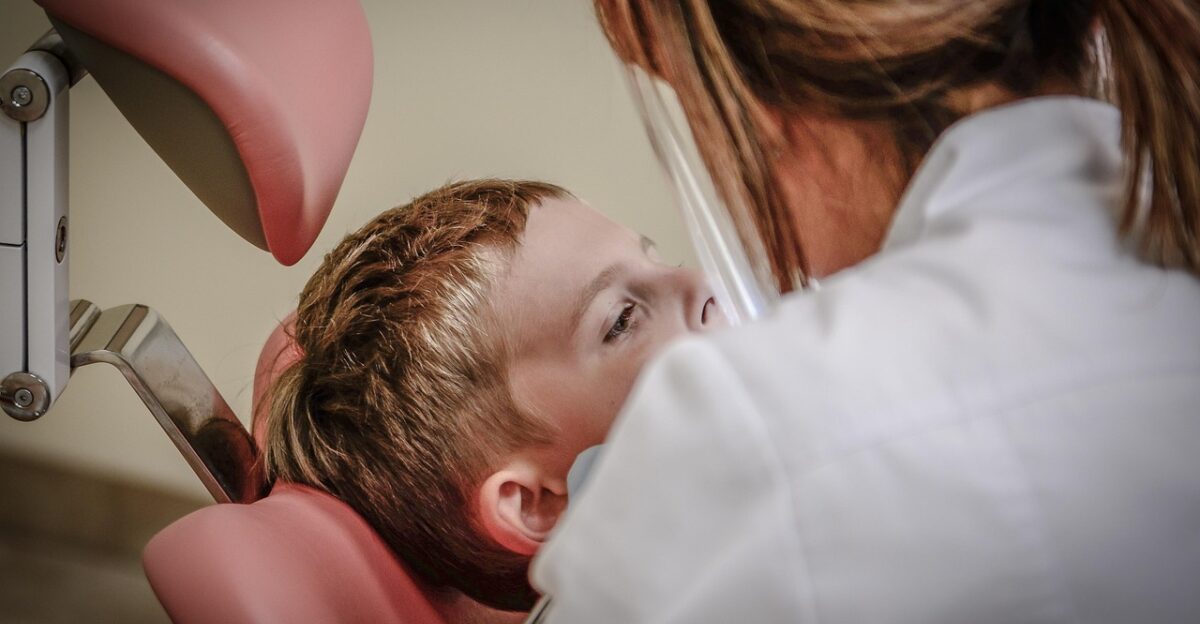
As Bruce’s FTD inevitably progresses, Emma will face more of those agonizing choices: how long can he remain at home, should more memory aids be used, and how to protect her girls’ stability.
The family’s story raises broader issues, too: What responsibilities do public figures have in revealing illnesses? How do health systems adapt to rare dementias?
By sharing their journey, the Willises are prompting a national conversation about care and policy. Emma herself says she wants earlier diagnoses for others, so families “can be diagnosed earlier, when they can participate in trials”.
Their path reminds us that personal stories can push public health questions into the spotlight.
Healthcare Policy

This story highlights glaring gaps in policy and funding for rare dementias. Unlike Alzheimer’s, which receives vast federal research support, FTD remains under-recognized in medicine.
AFTD notes that FTD patients often journey for years seeking a correct diagnosis, with “no treatments” to offer hope once found.
For families, there is no clear insurance or government pathway for support. They must cobble together private care aides, legal counseling and therapy from scratch.
The Willises’ ability to hire nurses underscores another reality: those without means face even steeper obstacles getting quality care.
International Awareness

FTD isn’t unique to the U.S. In fact, its prevalence appears wildly different around the world.
One survey put global rates at 15–22 per 100,000 people, but individual studies vary: Japan’s registries report roughly 2 per 100,000, whereas some Italian centers note ~31 per 100,000.
Such differences hint at both genetic factors and uneven diagnosis. Yet international research networks for FTD are scarce.
Advocates hope Emma’s high-profile advocacy will spark more global coordination and funding. If her story educates one country’s public about FTD, it could help families everywhere.
Legal Considerations

Facing a progressive brain disease brings a host of legal and financial decisions. Families must put durable power-of-attorney and advance directives in place early, and plan long-term care budgets.
Emma’s choice to set Bruce up in their home with paid staff reflects that planning: she was essentially implementing guardianship for his needs.
As she put it, Bruce would want their daughters “in a home… more tailored to their needs, not his”.
The Willis example highlights inequality: their wealth buys expert home care and legal advice, luxuries most caregivers lack. Ordinary families with FTD or other dementias often cannot afford full-time aides or specialized memory care, deepening the chasm in quality of support available.
Cultural Impact

Bruce Willis’s openness about his FTD has already shifted the cultural conversation. Hollywood usually avoids discussing celebrities’ mental or neurological issues, but Emma’s transparency is chipping away at that stigma.
By talking publicly about Bruce’s dementia, Emma has given permission for others to speak out. Commentators note that seeing a beloved action star struggle has helped normalize dementia in the media and clinics.
Their story offers representation to countless families who felt invisible before: as Emma says, people must learn they “are not alone” when faced with rare diagnoses.
Culturally, this may encourage more families to seek help early and demand policy changes on behalf of dementia patients.
Legacy Transformation
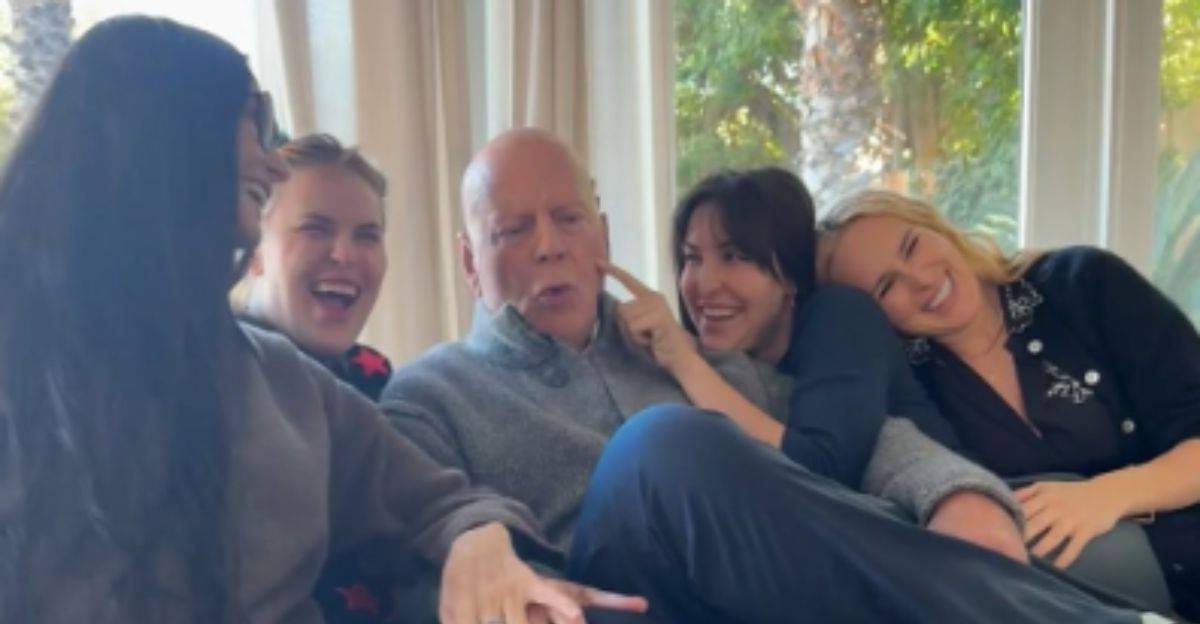
Emma Heming Willis’s journey from private grief to public activism is itself a powerful legacy. By inviting cameras into her family’s pain, she is providing practical guidance and emotional relief to isolated caregivers.
Her hope is that no one else feels as lost as she did the day Bruce was diagnosed. She writes: “I know that no two caregiving journeys are the same… but I’m here to let you know that you are not alone, and, in time, you will be okay.”
In channeling her personal tragedy into advocacy, Emma may end up saving lives.
Just as Bruce will be remembered for his films, Emma’s openness and advocacy could become a legacy of its own — one that drives awareness, funding and compassion for dementia families everywhere.